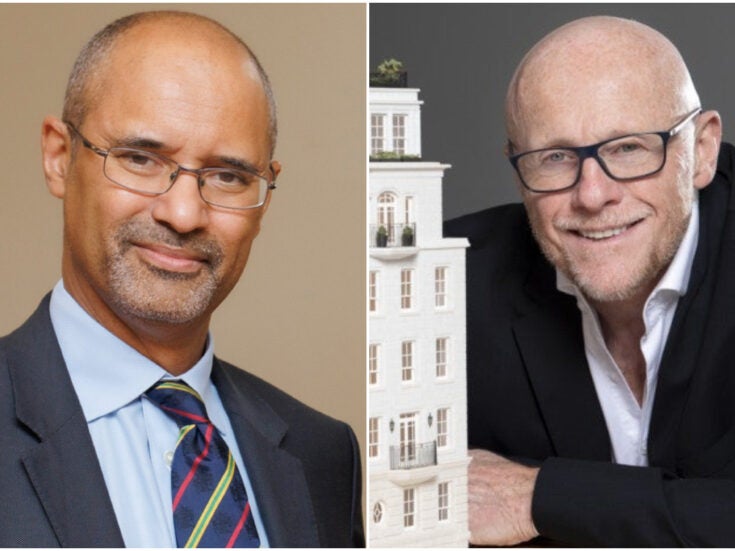
Clive Cutbill of Withers, Spear’s legal partner in the 1 Per Cent Campaign, has produced a comprehensive Guide to Giving, dealing with everything from why you might give to how to give most effectively
High-net-worth individuals have always been generous. It is only necessary to think of Rockefeller, Carnegie and Ford to realise that the tradition of establishing big charitable foundations has been around for a while. The common feature linking the founders of those institutions is that their fortunes were all self-made. While by no means all charitable foundations have been established by ‘new-money’ donors, in the same way that wealth has changed over the past 50 years from being predominantly inherited to being predominantly self-made, there has been a corresponding increase in philanthropic activity.
At a time when governments the world over are having to cut back expenditure, the role of the philanthropist has become increasingly important. And although the high-net-worth community may have been affected by the recession as much as everyone else, at least in relative terms, it appears that high-value philanthropy has not been affected as much as might have been expected.
The way in which donors who have made their money themselves give is often very different from the way in which those who have inherited
it do so. While ‘old money’ may make donations to established causes, ‘new money’ may be more innovative, looking for new ways to solve problems and taking a similar attitude to its philanthropy as it has to the way in which it made its wealth in the first place. As someone put it recently, ‘Old money divests its funds to charity; new money invests its funds in charity.’ Here, we will look briefly at some of the issues to be considered when establishing a philanthropic programme.
Click here to download the full Spear’s/Withers Guide to Giving






